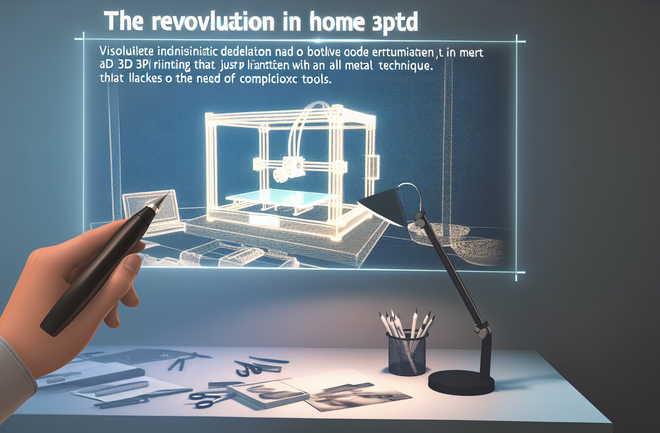
Learning from Rivals: How the iPhone 17 Air Could Wing Its Way to Success
As Apple readies itself for the grand unveiling of the iPhone 17 Air, whispers of the new model’s features circulate among tech enthusiasts and industry observers alike. Apple’s latest ambition seems to match the vigor of its competitors, especially when reflecting on Samsung’s recent entries, the Galaxy S25 Edge and Galaxy Z Fold 7. These models have jolted the thin phone landscape with their innovation and have set a high benchmark for others, including Apple. But what exactly can Apple absorb from its rival’s daring ventures?
Samsung’s Galaxy S25 Edge, with its ultra-slim design, offers more than just a sleek appearance; it’s a model of harmonious balance between form and function, offering a robust battery life and powerhouse performance. Apple, in its quest to redefine the iPhone with the 17 Air, should not only aim to mimic the aesthetic allure of thinness but also strive to maintain, if not enhance, the capability that’s expected from a premium smartphone.
Then there’s the Galaxy Z Fold 7, which pushes boundaries with its foldable design. While Apple may not immediately jump into the foldable market with the iPhone 17 Air, Samsung’s daring innovation underscores an essential lesson—don’t shy away from bold, transformative technology. By embracing the idea of exploration and risk-taking, Apple could pioneer technologies that set a precedent for future iterations.
Moreover, Apple has traditionally prided itself on the synergy between hardware and software. With the iPhone 17 Air, this synergy must not only continue but evolve. By ensuring seamless integration with the latest iOS updates and capitalizing on AI enhancements, Apple could offer users not just another model but an enhanced digital lifestyle tool. Such innovation ensures that every inch of the device, however thin, is maximized for user experience.
In designing the iPhone 17 Air, ergonomics should also take center stage. Samsung has successfully married design and comfort, ensuring that their devices feel right in the hand, despite reduced girth. Apple’s design language has always favored simplicity and elegance, so refining the tactile feedback and user interface in tandem could present a phone that feels revolutionary yet familiar and intuitive.
Additionally, Apple’s marketing prowess could further distinguish the iPhone 17 Air from its contemporaries. By focusing on truthful insights from the Samsung releases, Apple has the chance to communicate the unique advantage that its latest model brings. Whether it’s environmental benefits from sustainable materials or breakthroughs in connectivity, Apple can craft a story that resonates with both current users and potential customers.
Ultimately, to make the iPhone 17 Air a landmark release rather than just another iteration, Apple must learn from Samsung’s playbook of innovation, risk-taking, and integrated technology. By adopting a strategy that harnesses the strengths of its own ecosystem while acknowledging and adapting lessons from its rivals, Apple could potentially offer a device that not only meets user expectations but exceeds them, setting a new standard for the future of smartphones.




